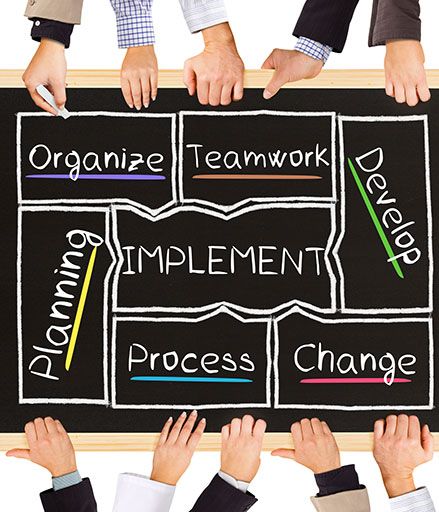I was recently in a conversation about software development and asked about my thoughts on doing a code review. The assumption was that a code review is a good thing. However, there was a question as to how they can be done properly. It may sound like a cliche, but that is an excellent question. There are billions of lines of code written each year, from scripts to full-featured languages. We need to be aware of how to write and produce better code. The review process helps us do that.
What Is A Code Review?
We should start with the goals of this practice. Of course, companies vary in their official objectives. Nevertheless, code reviews almost always have the same list of goals.
- Reduce bugs
- Improve Quality
- Verify Adherence to Standards
- Cross-training/Leverage Expertise
There are nuances and details to each of these items. However, a process that addresses these is off to an excellent start. We should not do anything simply to be busy or conform to a norm. We want to have concrete value in our work, and the above items give us that.
Developer peers typically do a code review. There can be any number of participants, and it may be direct and in-person or performed off-line. There are tools to assist in a review, or “paper and pencil” approaches might be used. The highest level description of a code review is a person (or persons) walking through source code with an eye for improvement or errors. We can look to the above objectives to help us flesh out this process to make it more effective.
Reduce Bugs
It is frustrating to developers, but many bugs are easy to detect. There are typos and simple logic flaws we miss while cranking out code. The second set of eyes can often help us quickly spot these issues and address them. A code review that aims to assess logic and scan for inconstancies can help us squash bugs sooner and faster. This is not a process without cost. It takes an investment of time to review code and provide feedback. However, it is worth the effort. We gain in quality but also productivity as we work together to implement solutions that are peer-reviewed. The things I am most attuned to are not the same as your experience. That means a few minutes of your time may easily determine bugs that take me hours to track down. Minutes for hours is always a worthwhile trade.
Improve Quality
Quality and bugs are related but not the same. You can write low-quality code that is bug-free. Yes, I mean that. There is a lot that goes into quality. It has to be correct, maintainable, scalable, stable, and more. A code review helps bring the team to the same page. The programming standards can be reviewed and feedback given on specific code rather than just functionality. That leads to better developers, tighter code, and a consistent style throughout the application that makes it much easier to maintain. You get a reward today and in the future for going through this process.
Adherence To Standards
Every organization needs a standards cop. There is value in everyone on the team rowing in the same direction. This objective is partially addressed by standards. While there are automation tools that enforce these rules, not everything can be reduced to a rule. The code review process allows the team to go over processes and standards with an eye towards to enforcing and improving them. It is easy to take a short cut in a rush to solve a problem or forget to “clean up” a quick code snippet. That is where this process comes in. The author has someone to follow behind and provide accountability for the work before it is committed up the chain.
Cross Training
Another benefit of going through this effort is cross-training. Team members are at least exposed to areas they may otherwise never see. There is always a cost to cross-training in terms of time. However, a code review adds value immediately while still moving forward the breadth of experience in the team. Members that are completely ignorant of a section of the solution can gain insight and even familiarity through this process. They not only see code, they are brought into the discussion as features are created, bugs found, and decisions made. They also have a context to work with in terms of code that has been reviewed in the past.
A Worthy Investment
My goal through all of this is to show that there is value in doing code reviews. However, it is not something you can magically start and immediately do fully. There is an art to being able to walk through code and provide insight. That takes time and experience. Therefore, the best time to start this process was last year, but the second best time is now. Get out there and bring the team into your coding.


